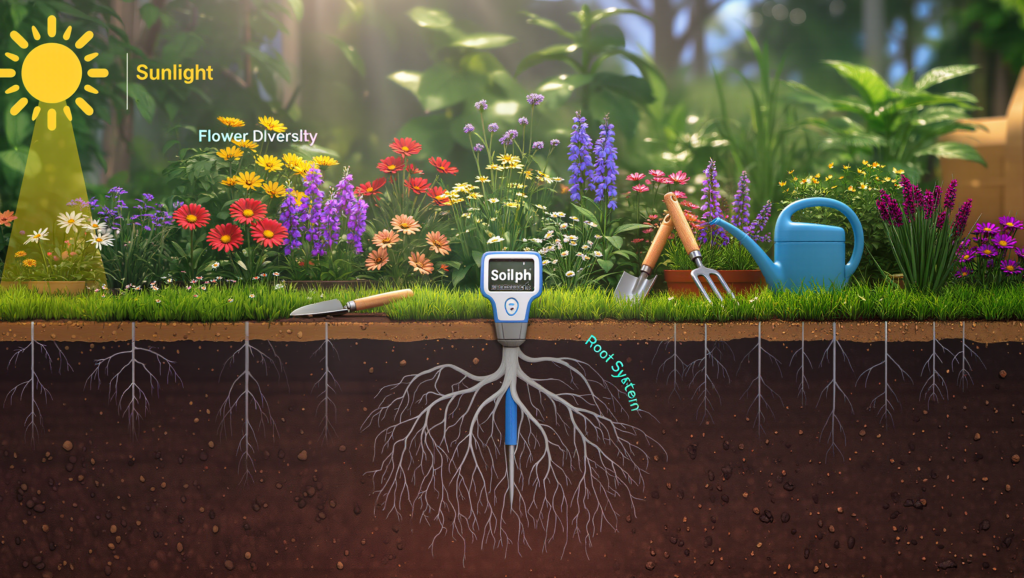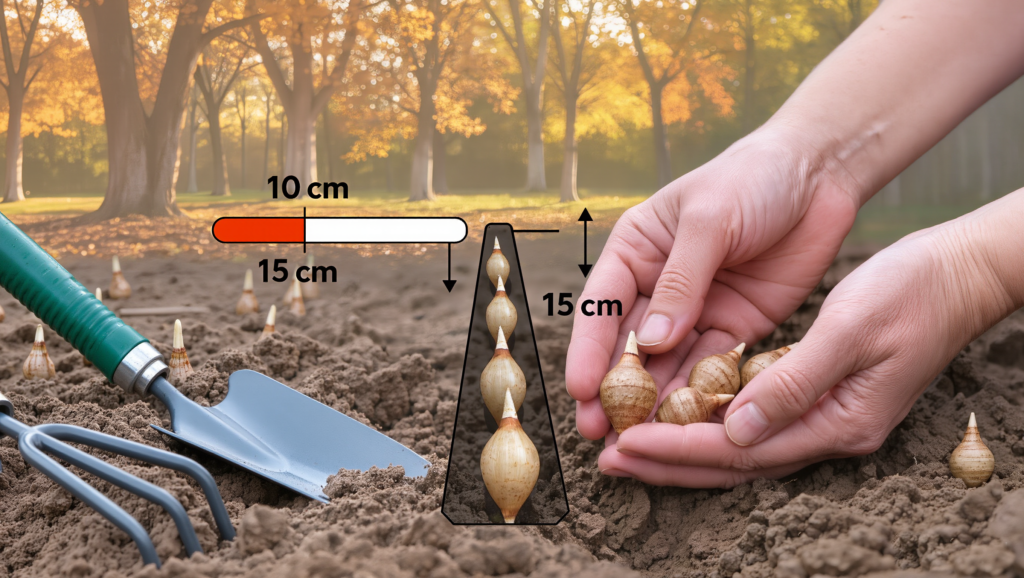Vagus nerve stimulation (“hacking” your body’s natural relaxation system) is the wellness trend everyone’s talking about—and for good reason. This incredible nerve is your secret link for dialing down stress, boosting brainpower, and regulating nearly every major system in the body. If phrases like “rest and digest” or “parasympathetic nervous system” sound familiar, you’re already halfway there. But unlike quick fixes or wellness fads, vagus nerve stimulation is backed by real clinical science.
Welcome to the ultimate deep dive into what vagus nerve stimulation is, why it works, ways to “hack” it, and which options are safest and most effective.
What Is the Vagus Nerve and Why Should You Care?
The vagus nerve is the longest cranial nerve in the body: it starts in the brainstem and winds through the neck, chest, then deep into the gut. Its primary job? To control involuntary body functions—breathing, heart rate, digestion, inflammation, and much more. Imagine an information superhighway, sending signals between the body and brain all day, every day.
Unlike the sympathetic nervous system (the “fight or flight” mode), the vagus nerve is the kingpin of the parasympathetic nervous system—responsible for “rest, digest, and recover.” When the vagus nerve is activated, stress hormones drop, heart rate slows, digestion fires up, and the body shifts into restoration.
The Science: Evidence for Vagus Nerve Stimulation
Vagus nerve stimulation (VNS) isn’t just wishful thinking—it’s FDA approved for treatment-resistant epilepsy, depression, stroke rehab, cluster headaches, and migraines. In clinical settings, devices either surgically implanted or applied externally send gentle pulses to the nerve to control seizures, mood, and even motor recovery for stroke victims.
But the magic of VNS goes much further. Clinical research shows:
- Improved neuroplasticity. VNS boosts the brain’s ability to relearn motor tasks—patients with stroke see 2–3x better recovery when VNS is paired with standard rehab.
- Modulation of inflammation. Since the vagus nerve regulates immune response, stimulation can decrease inflammatory markers—even showing positive effects for conditions like rheumatoid arthritis and inflammatory bowel disease in early trials.
- Heart rate variability (HRV). A strong vagus nerve means higher HRV, linked to better cardio health, emotional stability, and resilience against stress.
Even non-invasive devices—such as transcutaneous auricular/vagus stimulation (tVNS)—used at home have promising effects, particularly for mood, cognitive function, and stress reduction. Although precise calibration is tricky outside of lab settings, clinical teams note that risk is low, especially with gentle external stimulation.
Hacking Your Vagus Nerve: Everyday Stimulation Strategies
Good news: activating your vagus nerve doesn’t require surgery or expensive gadgets. There’s a whole “menu” of researched, therapist-approved ways to kickstart your body’s relaxation system—right at home.
1. Deep Breathing
The easiest, most effective technique is slow, diaphragmatic breathing. Studies confirm it triggers the vagus nerve, slows heart rate, and shifts the nervous system from stress to rest. Try:
- Inhaling deeply through the nose to a count of six
- Exhaling slowly through the mouth to a count of eight
- Letting your belly expand, not just your chest
Even just a few cycles can melt away anxiety and “activate the vagal brake.”
2. Meditation & Mindfulness
Regular meditation, mindfulness, and yoga are proven vagus “hacks.” Research links these practices to lower blood pressure, reduced inflammation, improved mood, better sleep, and even slower cognitive decline. A few minutes a day—just focusing on breath or sound—can create a powerful effect on vagal tone.
3. Physical Exercise
Endurance and interval training aren’t just for fitness—they directly boost vagus nerve activity and overall brain connectivity. Athletes often report a “high” after long runs, due to increased parasympathetic outflow.
If hardcore cardio isn’t your thing, even brisk walks, swimming, or low-impact cycling are helpful.
4. Massage
Gentle massage (neck, shoulders, scalp, feet) improves vagal activity and reduces stress. Foot reflexology specifically raises vagal tone and drops blood pressure. Pro tip: skip deep-tissue work that triggers the “fight or flight” response; gentle pressure is key.
5. Cold Exposure
Short bursts of cold (face splashes, ending showers with cold water, cold plunges) activate the vagus nerve and help redirect blood flow to the brain. Even a bowl of ice water for the face, or an ice pack on the neck, can be enough to trigger the mammalian diving reflex that’s linked to vagal activation.
6. Music, Humming, Singing
Your vagus nerve goes right by your vocal cords and inner ear. Humming, singing, listening to soothing music, or yoga chanting (“Om”) all deliver vibrations that stimulate vagal pathways. Pick your favorite tune, hum along—and enjoy the relaxation boost.youtube.
7. Fostering Awe & Connection
Experiencing awe—nature walks, inspiring music, connecting deeply with others—raises vagal tone. Research shows awe is a powerful tool for lowering stress hormones, improving heart rate variability, and reducing inflammation.
8. Eye Massages & Eye Movements
Gentle eye massages and deliberate left-right eye movements can increase vagal tone, based on neurological connections. These activities help soothe stress and balance nervous system activity.youtube
Clinical Devices: What You Need to Know
If you’re dealing with major medical issues—drug-resistant epilepsy, depression, stroke, or certain pain syndromes—surgically implanted or external VNS devices are worth exploring. Devices fitted under the skin or applied to the ear/neck send calibrated electric pulses to activate vagal pathways.
Are these options for everyone? Not quite. Surgery carries risks: infection, vocal cord changes, swallowing difficulty, hoarse voice, cough, and headaches. Most side effects are mild and fade over time, but device users need careful professional monitoring.
External devices (tVNS) pose even fewer risks, with most studies finding good safety profiles across ages. Only rare users report skin sensitivity or minor tingling.
What Vagus Nerve Stimulation Isn’t
Despite the wellness world’s enthusiasm, VNS isn’t a “cure-all.” It’s not an automatic fix for diseases like IBD, PTSD, or anxiety, though scientific studies give hope for specific cases and symptoms. Overhyping vagus nerve “hacks” as a one-size-fits-all panacea downplays the complexity of the field and the uniqueness of each body’s biology.
Who Should Avoid Vagus “Hacks”?
Vagus nerve hacks are generally low risk, but people with heart conditions, active infections, or severe neurological concerns should talk to their doctor before trying cold plunges, deep breathing techniques, or at-home stimulation devices.
If feeling lightheaded, short of breath, or experiencing arrhythmias, pause the exercise and get checked out.
The Limitations & Controversies—Not A Miracle Cure
It’s true that social media and alternative circles sometimes overhype vagus stimulation as a cure-all. Science actually shows robust benefits for stress, mood, cognitive resilience, and even supporting mental health conditions like PTSD and depression in clinical populations. But it’s not a panacea.
Researchers urge caution and ongoing study to untangle exactly how vagus stimulation steers health outcomes. Over-promoting vagus nerve “hacks” for rare or severe medical claims—like treating inflammatory bowel disease or autism—does a disservice to complex clinical science.
Step-by-Step: “Hacking” the Vagus Nerve Safely
Ready to try stimulating your own vagus nerve? Here’s a simple, science-backed plan for home use:
- Start with Deep Breathing: 5 minutes a day, slow belly breaths, focusing on a longer exhale.
- Add Mindfulness or Meditation: Try guided meditation, yoga poses, or simple quiet time for at least 5–10 minutes daily.
- Sprinkle in Exercise: 20–30 minutes of brisk walking, swimming, or cycling, most days.
- Use Massage & Cold: A gentle scalp, neck, or foot massage weekly. Finish a shower with 30 seconds of cold water, or splash your face mid-day.
- Hum, Sing, & Listen to Music: Spend a few minutes daily engaging your vocal cords or soaking up inspiring tunes.
- Cultivate Awe: Regular nature walks, creative hobbies, or deep conversations can lift vagal tone more than you expect.
Feel free to mix and match these tools—no gadget required! Just keep it gentle, consistent, and tuned to personal comfort.
Guide To A Daily Vagus Nerve “Hack” Routine
Want to put the science into action? Here’s a sample daily plan:
- Morning: 5 minutes of deep, slow belly breathing before your day starts
- Lunch: Brisk walk outdoors or a short HIIT session
- Post-work: Gentle neck massage, meditation, or feet-up relaxation with calming music
- Evening: Finish your shower with 30 seconds of cold water, splash face with icy water, or practice singing/humming to your favorite song
- Throughout the week: Nature walks or awe-filled experiences, regular physical activity
Mix and match these for a custom VNS routine—no special devices or apps needed.
Refrences:








